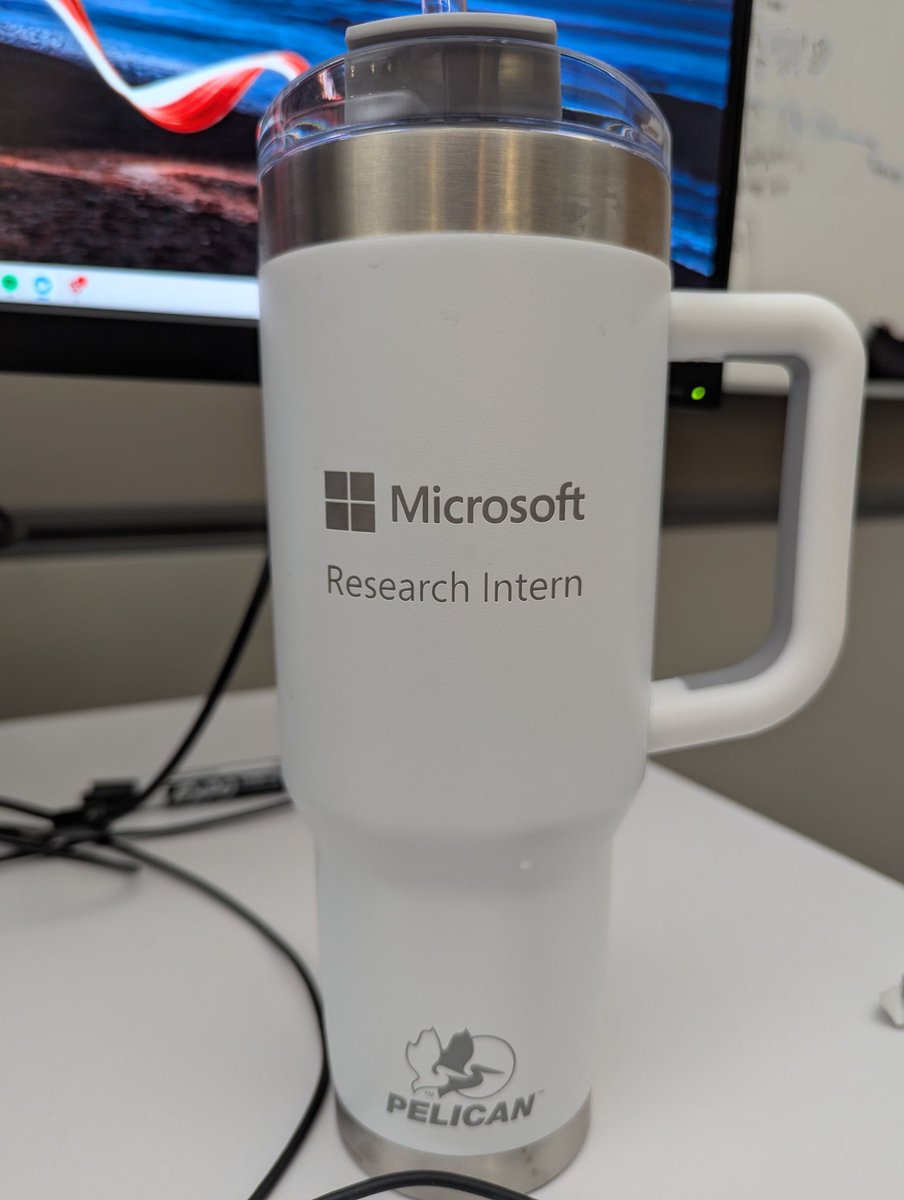
Gagan Bansal
@bansalg_
Building @pyautogen | Human-Agent Interaction at Microsoft Research | Previously University of Washington, IITD
ID: 981050629
https://github.com/gagb 30-11-2012 19:08:05
760 Tweet
2,2K Followers
495 Following





In the realm of AI agents for doing complex tasks that require multi-step planning and browser use, Magentic-UI from Microsoft Research is at the cutting edge. I think you'll find it surprisingly useful. Now available in open source on Azure Foundry.




Was a fantastic collaboration on bringing guidance to the full family of OpenAI models. The most comprehensive structured outputs meet the world's best models 🫶 github.com/guidance-ai Shoutout Michal Moskal Andrew Braunstein cc Michelle Pokrass Nikunj Handa Eric Horvitz Kevin Scott

Excited to release my first lead project Magentic-UI at Microsoft Research, an OS web agent application designed for efficient human-agent interaction. CUA agents are cool but they're not so useful yet, Magentic-UI helps us study how to get value from them. github.com/microsoft/mage…

It’s been a pleasure collaborating with Shrey Jain & colleagues at Microsoft’s Health Care & Life Sciences and Microsoft Research on directions ahead for leveraging AI advances to help with cancer care. Stanford Health Care ARPA-H

1K on Magentic-UI ⭐️ Thank you! 🙏 star-history.com/#microsoft/mag… github.com/microsoft/mage… #starhistory #GitHub #OpenSource via Star History


Crazy that it's been almost a decade since my last internship... Super excited to be at Microsoft Research this summer! Will hopefully build an awesome new agentic system with Gagan Bansal and Hussein Mozannar





The challenge of achieving complementary performance strikes again! h/t Adam Fourney Here's the same exact problem we talked about in the context of XAI a few years. and even with LLM, the same pattern continues to repeat!

